Peckham Rye Park lies in the southern part of the London Borough of Southwark. The Park is an area of 49 acres of public open space that was established in the latter part of the 19th century. Immediately to its north is an extensive area of 64 acres of closely mown grass known as Peckham Rye Common.
landscape
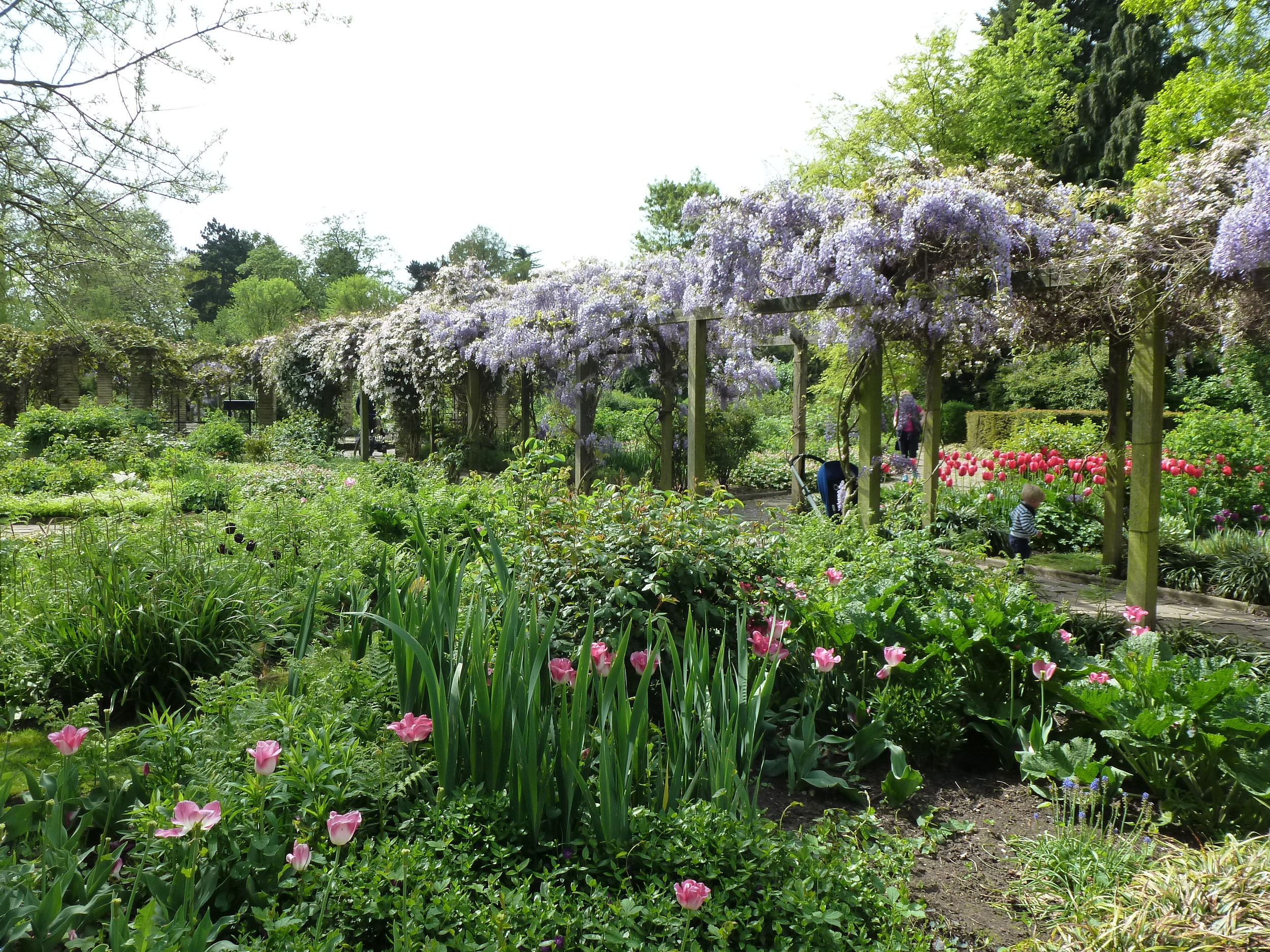
The Park comprises of a variety of landscapes most of them planted with horticultural specimens of shrubs and trees. In the center of the Park is a formal garden named after the prominent horticulturist J.J. Sexby. The Sexby Garden.
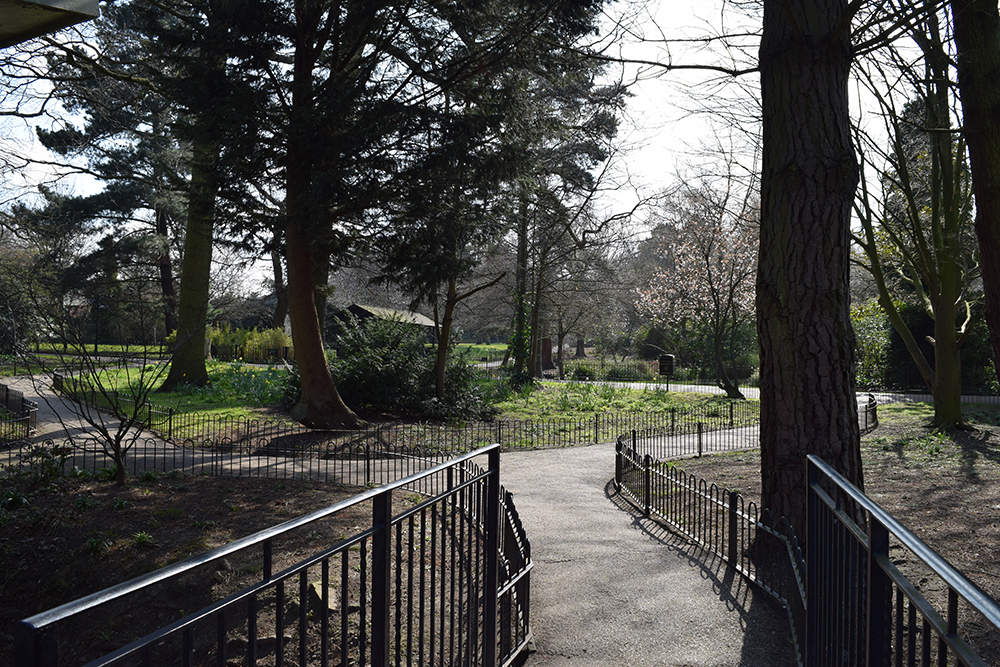
Peckham Rye Park is designated a Borough site of Importance for Nature Conservation (SINC). The Park has a mixture of habitats from a lake, streams to woodland, specimen trees and meadows.

The Park is the only Park in Southwark to have a stream or rivulet running through it. These features support kingfishers and rare lamprey. A project to improve the area on the western edge of the Park where the River Peck has surfaced is under development.



Habitat

The meadows are an important habitat for invertebrates and birds. Most are sown with a mixture of native and non native wildflowers. This helps to provide forage for pollinators such as bees.
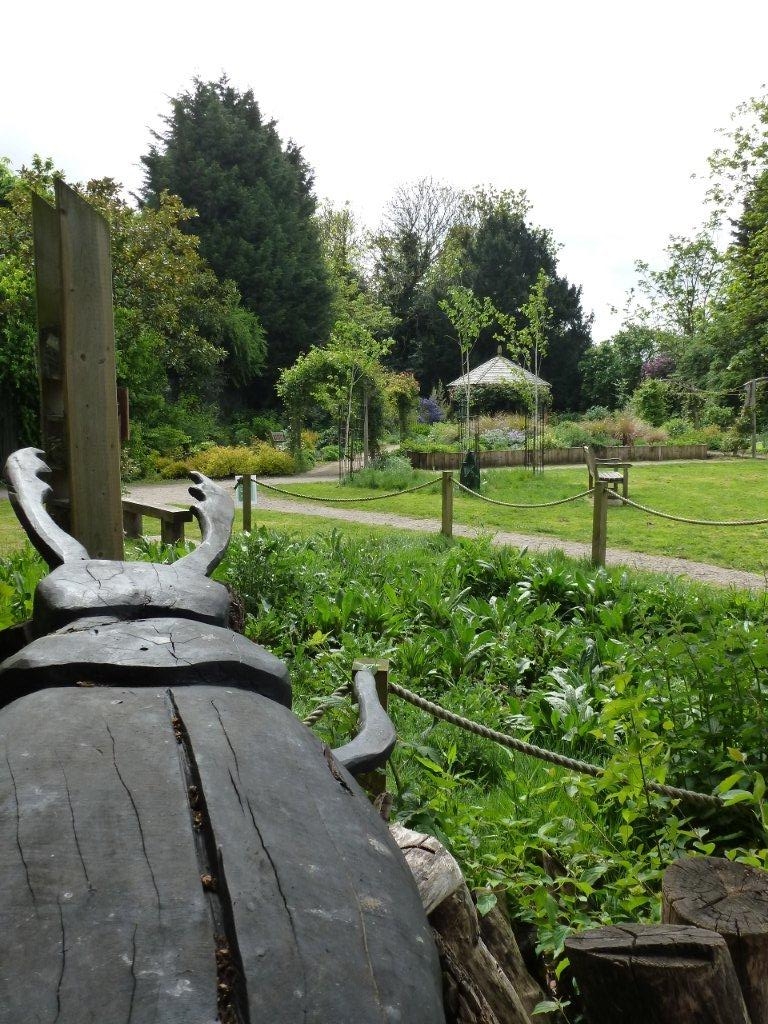
The woodland areas are uncommon being the remnant of the farmland that was there previously. It provides a home for such birds as the Greater Spotted Woodpecker. The deadwood within these areas provides an important habitat for the endangered stag beetle Lucanus cervus.
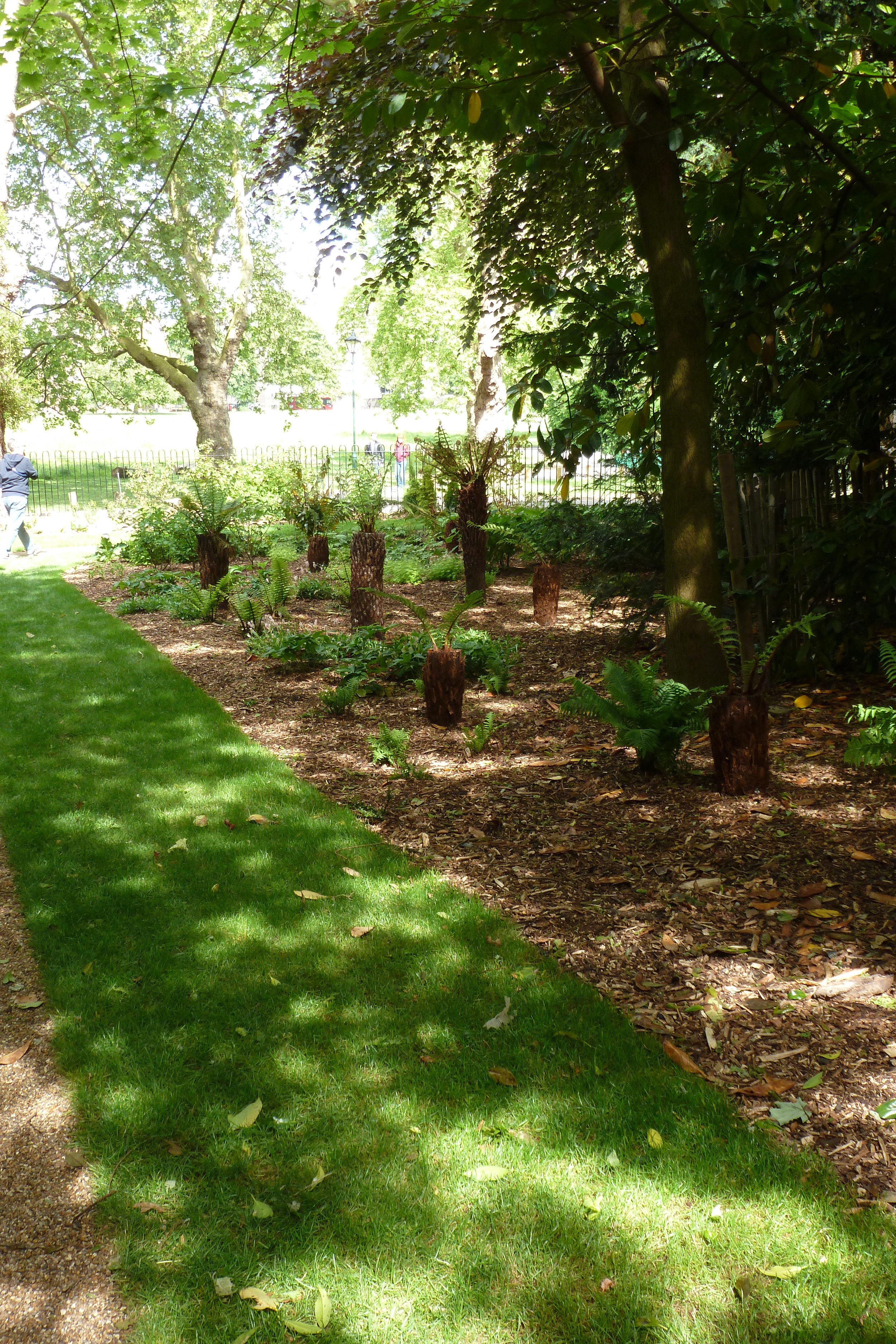
Recent additions to the Park include the Community Wildlife Garden which contains a mosaic for wildlife including native hedgerow, large loggery, pond and winter and summer beds. The garden also contains beehives cared for by a local apiarist. A recently completed Fernery is situated on the southern edge of the Park created for ferns and shade loving plants.



environment
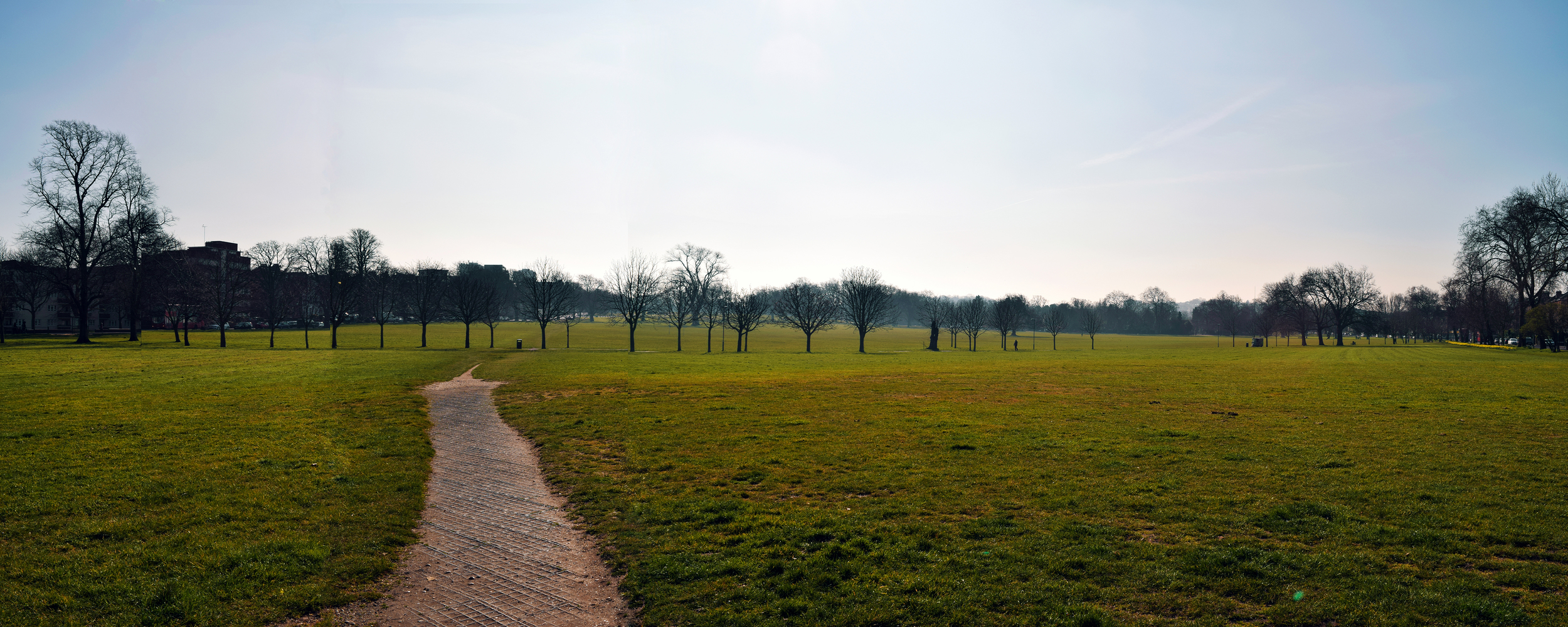
The large expanses of amenity grassland are dominated by perennial rye grass. To the west of the grassland wildflower planting has been carried out.
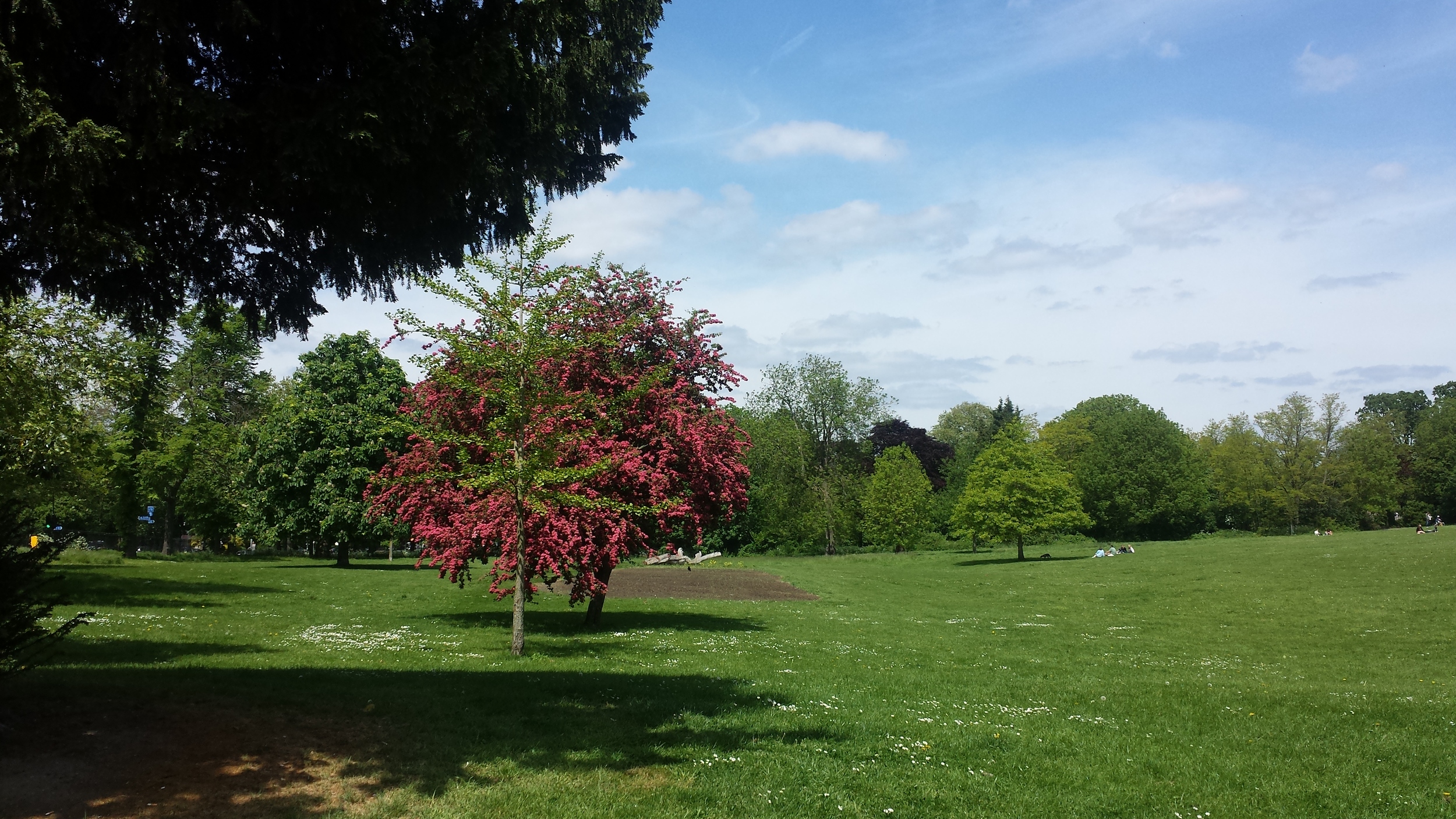
The main area is present in the west of the central area. The woodland consists of mature native trees including ash, oak and crack willow. There are also obviously planted non-native trees including Persian ironwood and balsam poplar. Ornamental trees fringe the western edge including snowberry and prunus.

The scattered trees within the Park include both broadleaf and coniferous species. The majority of the Park is lined with trees especially London Plane, Common Lime and Horse Chestnut. An arboretum has been established to the south of the Sexby Garden. Avenues of mature trees have been planted along the older pathways.
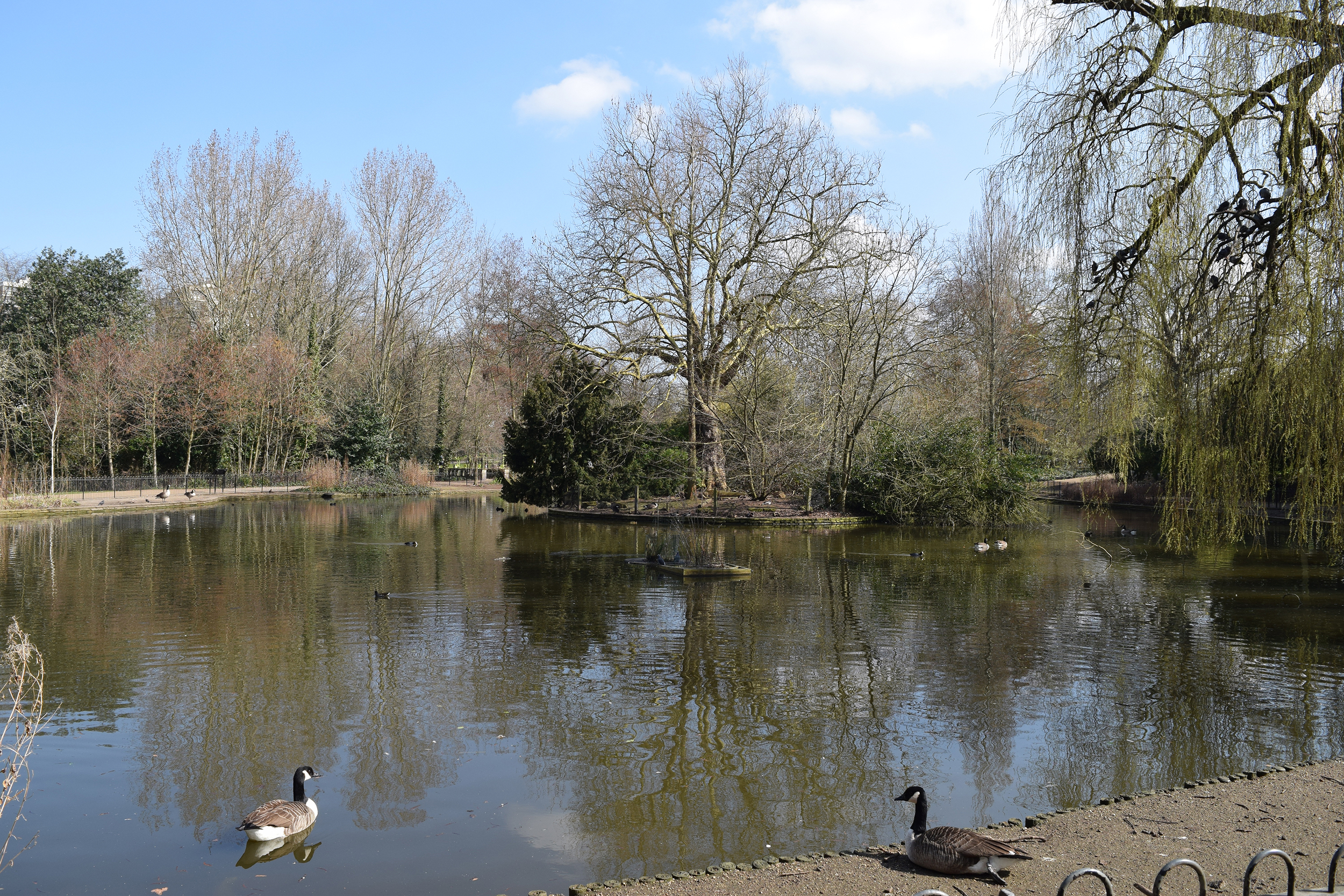
A relatively large lake and six ponds are to be found within the ornamental areas of the Park. Four of the ponds are situated in a 'landscaped valley' and are linked by a stream. The lake lies towards the east, with a central island planted with shrubs and trees, supporting a large population of water fowl.
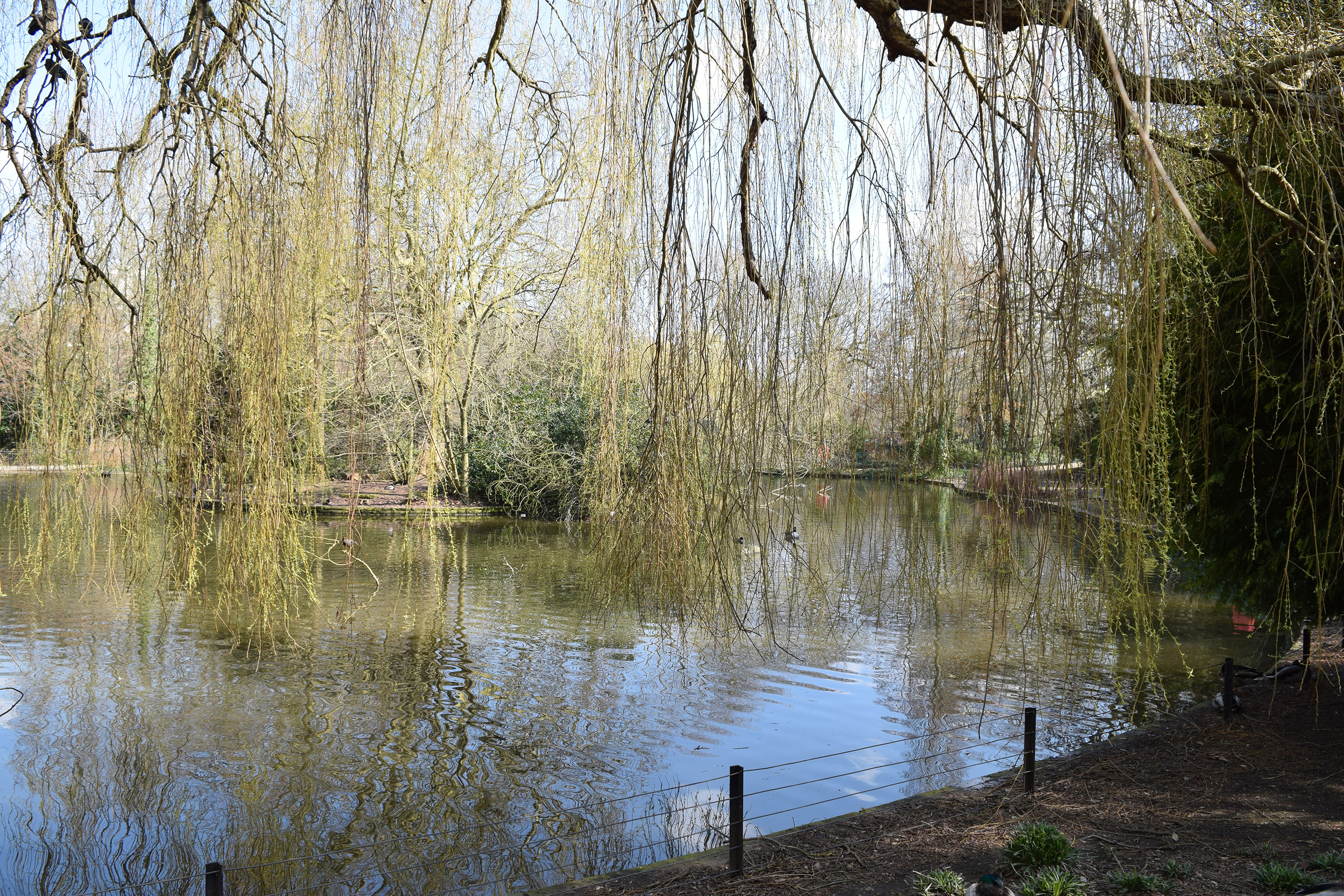





Wildlife

There is an abundance of wildlife to be found within the Park, especially in the woodland areas. The most plentiful being foxes and squirrels.
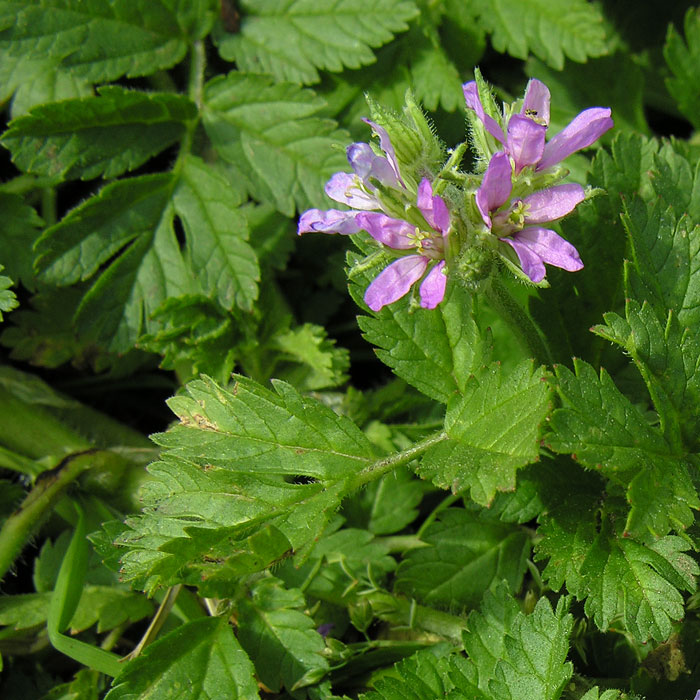
The nationally scarce musk stork's bill Erodium moschatum occurs in the short turf in the northern end of Peckham Rye Common.
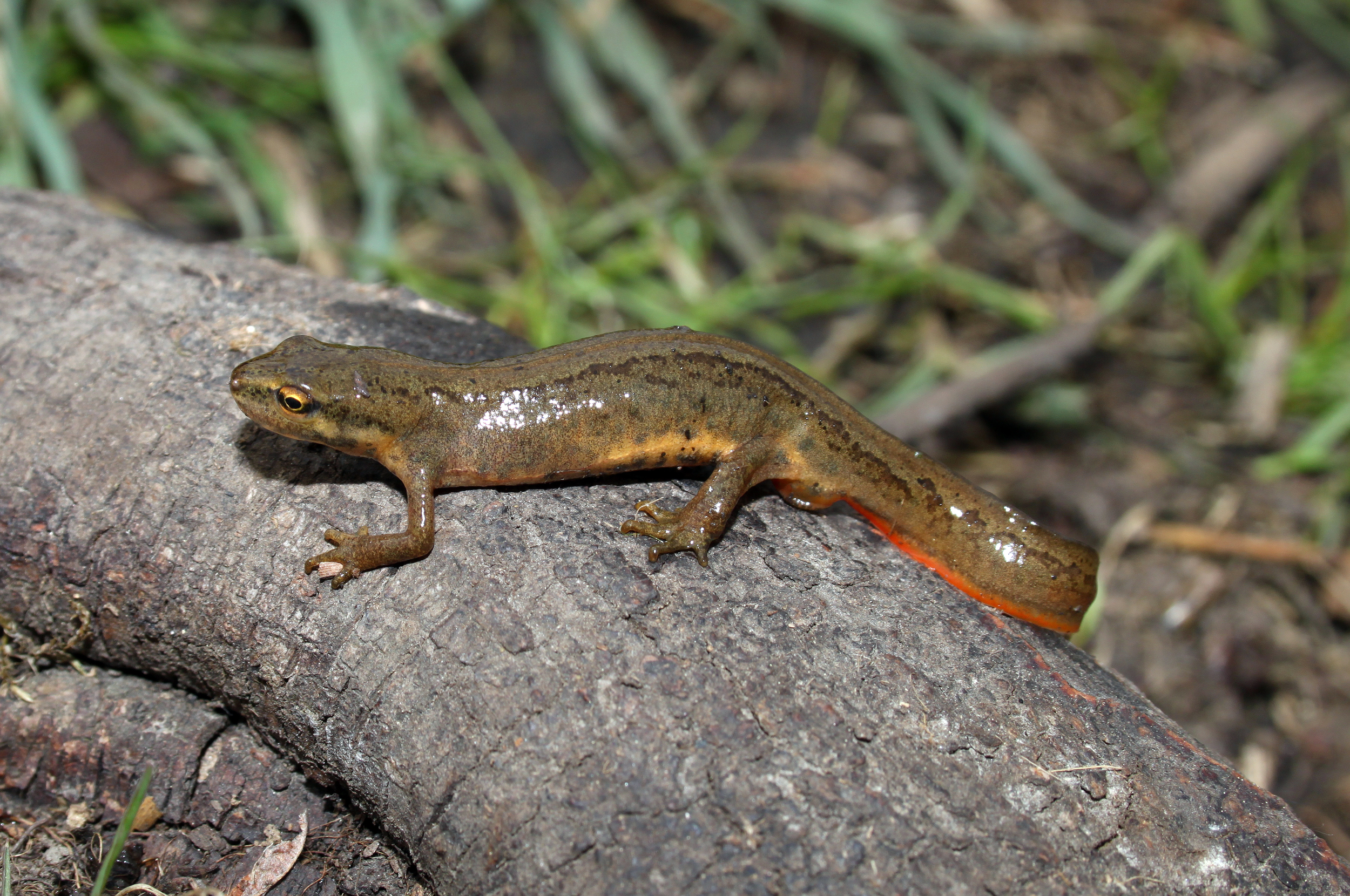
Only a single species of amphibian has been recorded in the Park, this being the smooth newt Triturus vulgaris. No reptiles have been recorded in the Park. However, the slow worm Anguis fragilis, common lizard Lacerta vivpara and the introduced red-eared terrapin have been recorded.
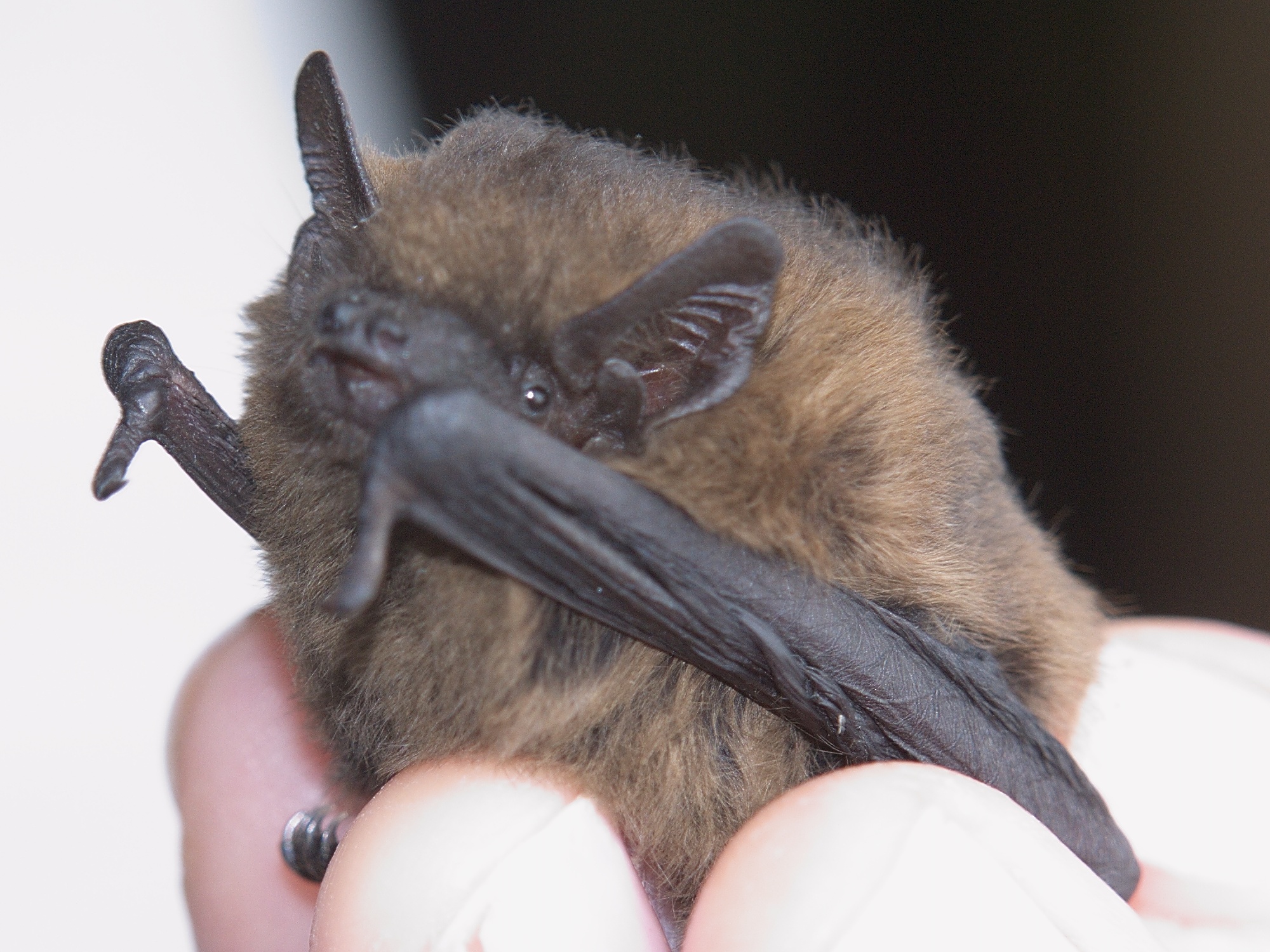
Bats
Unidentified pipistrelles Pipistrellus sp(p).

Birds
There are many birds to be found in the woodland area including species of tit, nuthatch, blackbird, greater spotted woodpecker and song thrush. Substantial flocks of herring gull visit the Park and the Common during the winter months.
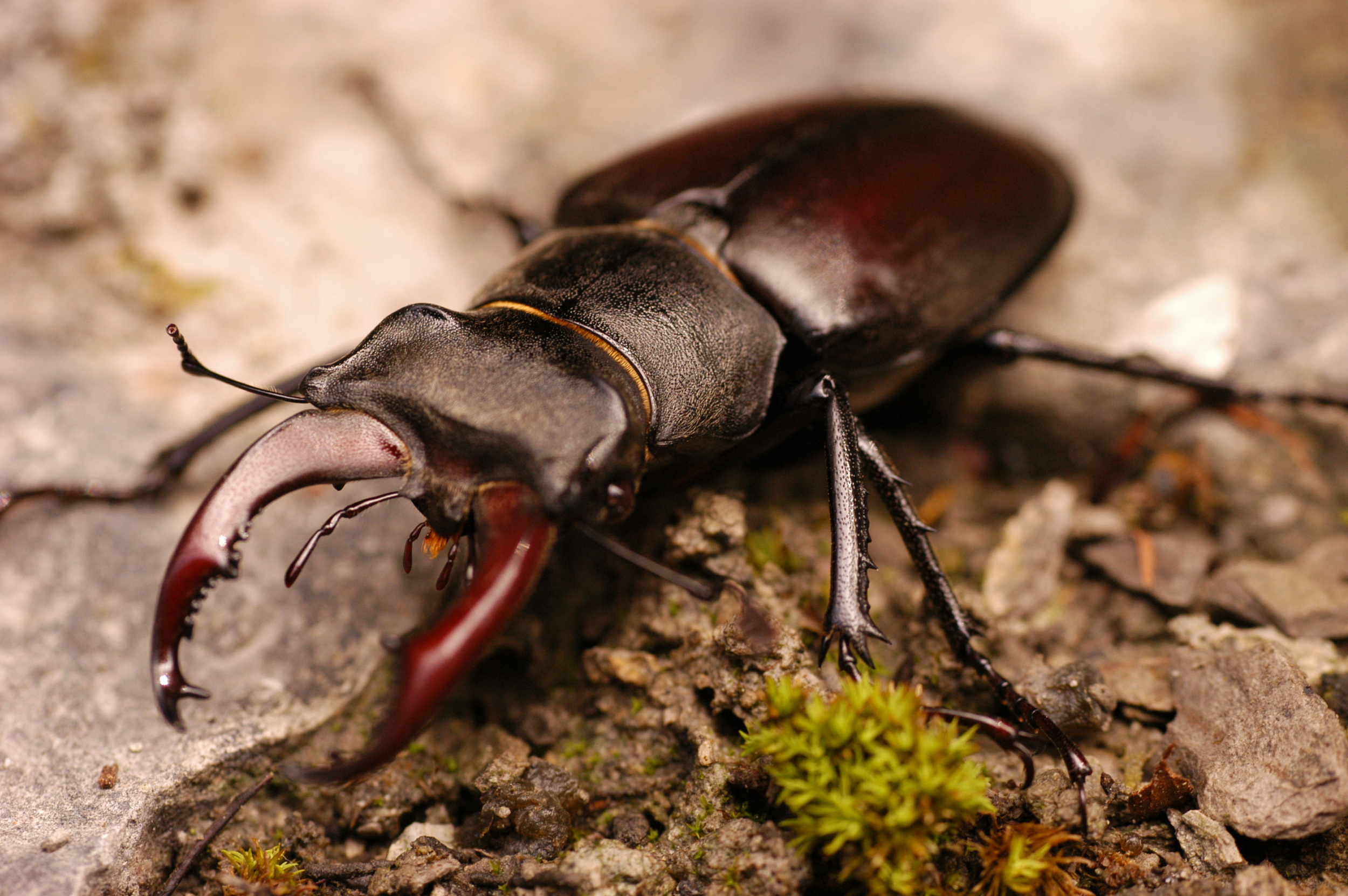
Invertebrates
The stag beetle Lucanus cervus has been recorded. The stag beetle is Britain's largest terrestrial beetle- between 5cm and 8cm in length. A nationally scarce and globally threatened species, it is protected under the Wildlife and Countryside Act, 1981.

Beehives are situated in the meadow area beyond the pond in the Community Wildlife Garden

This squirrel is called Sammy. He's a bad squirrel, very bad.








